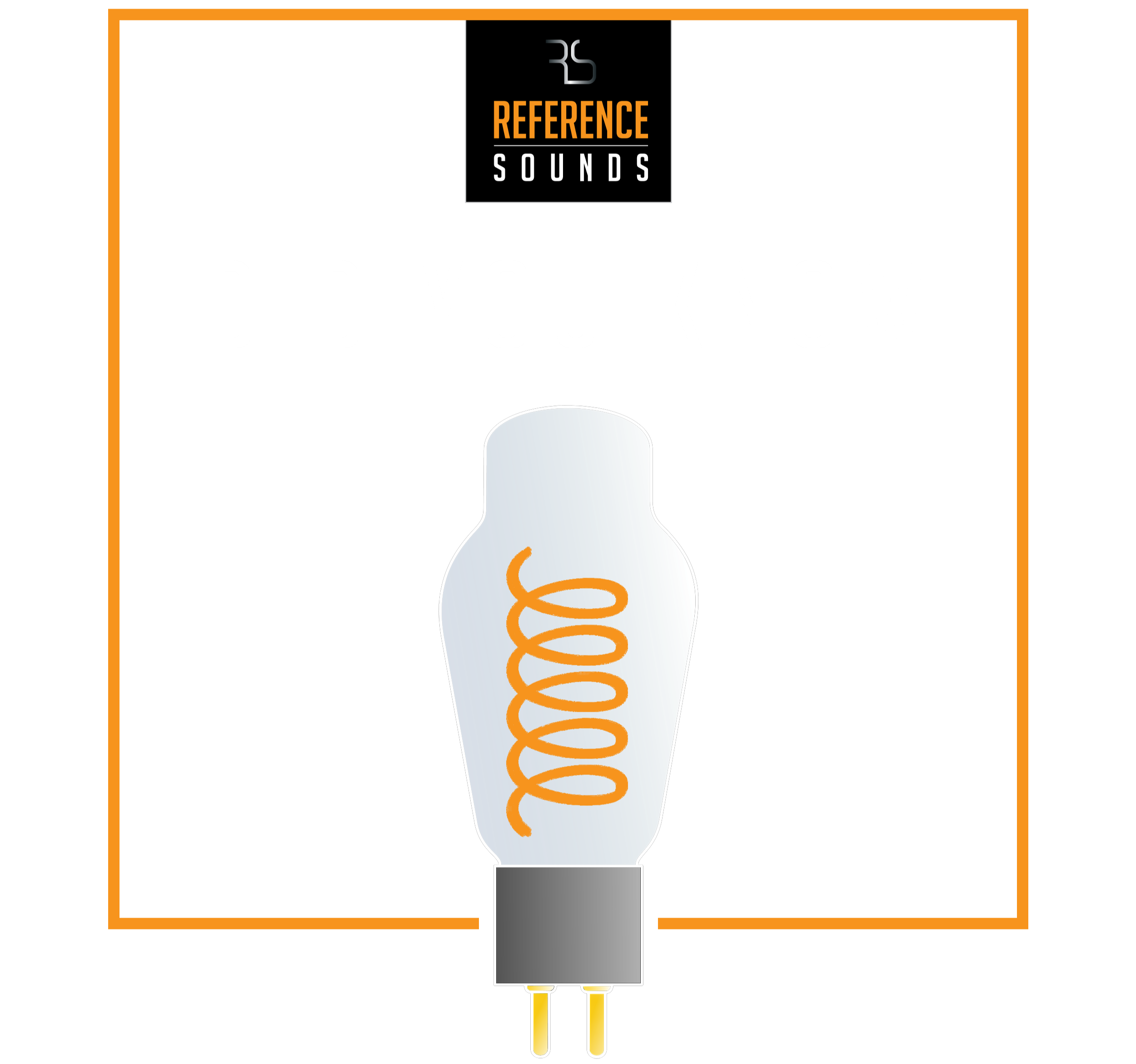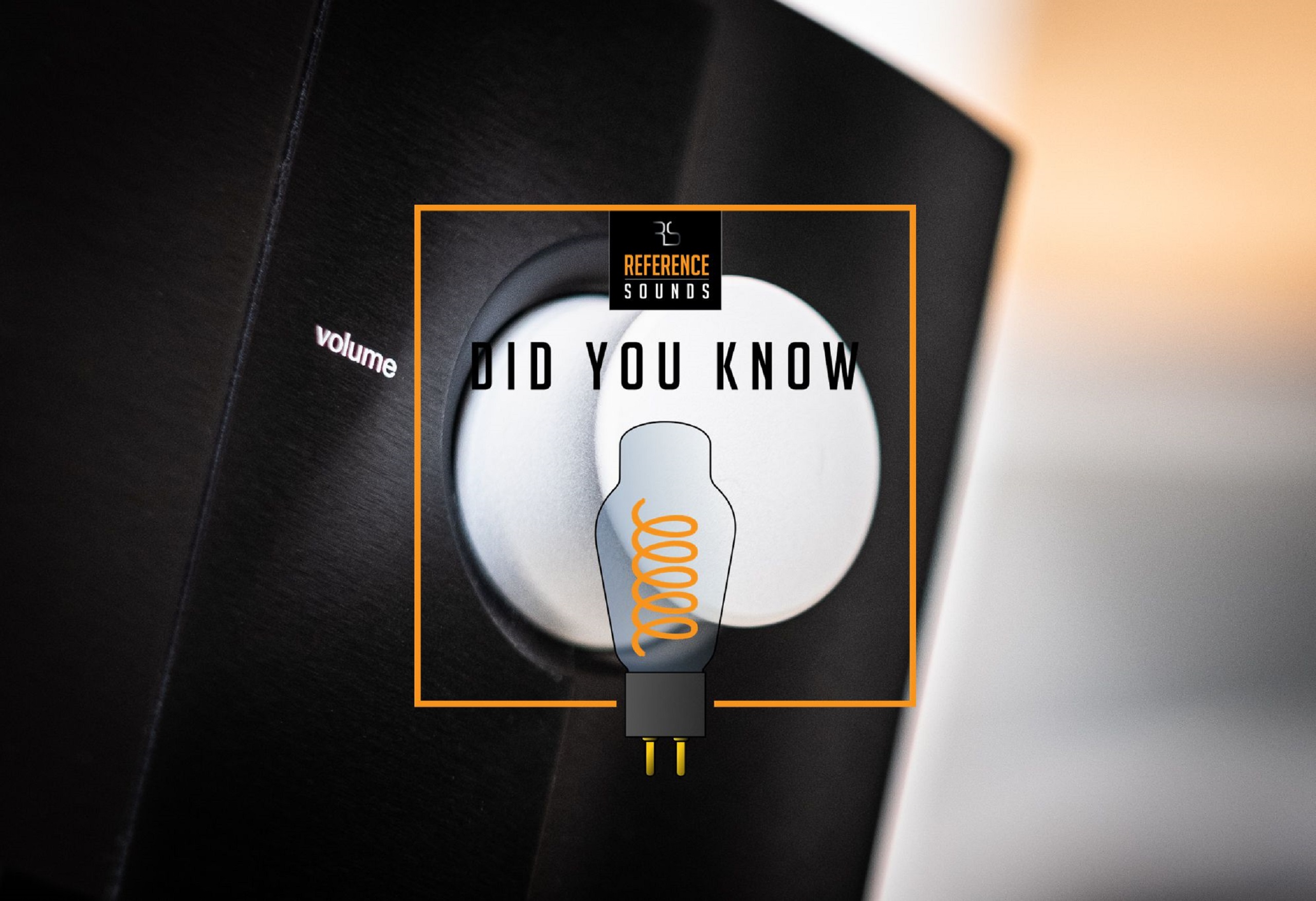
Reference Sounds Did You Know: geinige weetjes, interessante achtergronden en leuke tips over onze merken, producten, over ons en onze projecten.
The button
Austin Powers had it. James Bond had one hidden in the dashboard of his Aston Martin DB5 and Nick & Simon even added a rotating chair. “The button” but where all these men used it to evoke one functional response with an unmissable jetser, Mark Levinson has a completely different idea. A story about Mark Levinson’s iconic button…

High End is all about details. Paying attention to every element of the chain. Where the average Nutty Professor only focuses on the technical circuit and everything hangs together like a kind of overturned bowl of spaghetti, the best designers have an eye for every aspect of the experience. Mark Levinson has been at the forefront of this for 50 years. Take the volume knob. Just a round thing on the front you would think. Nope. There has also been more than a little thought about that. Ever since the introduction of the ML-1, every Mark Levinson has been wrapped in a black chassis with silver-gray buttons. The transition from the 20 Series in the late 1980s to the 30 Series in the late 1990s also marked the evolution towards a new industrial design. Fueled by a revolution in volume control technology pioneered by the Mark Levinson No 28. Where the good old Mark Levinson models – and the competition long after – still physically pressed the signal through a potentiometer, the No 28 broke all audio laws by completely separating the control of the volume control and the actual signal adjustment. The music signal no longer passed through the loss- and maintenance-sensitive potentiometer, but through a completely optimized electrical circuit, close behind the signal input, which was told what to do by the rotary knob on the front. No moving contacts in the signal path, so just pure solid state electronics. Sensational in performance and sound!
The breakthrough of an optical ‘rotary encoder’ as they call it in the audio corridors, combined with a clever piece of logic that translates the steps of the volume knob into electrical attenuation within the volume control circuit, achieved a new level of precision. A class that Mark Levinson would sharpen even further with the No 38. Fully balanced construction – and therefore with 2 volume control circuits per channel – extremely accurate and with unprecedented channel equality. Anyway, back to “the button”. Of course those old potentiometers also had something beautiful. The feeling when turning with just that little bit of resistance did give a certain feeling of solidity. As if you had to do a little bit of effort to be allowed to change the volume. Turning the average rotary encoder feels a bit like your neighbor’s clammy hand with 7 glasses of wine behind her teeth, not Mark Levinson. The construction of the button is a feat in itself. The matt-silver aluminum, slightly conical recessed knob with a curve that makes Beyoncé jealous is completely hollow on the inside. It clamps over a heavy brass ring that slides with its center exactly over the pin of the rotary encoder. The brass ring has a bore on the side with a pressed piece of rubber that serves as a spring. A steel ball is housed in that bore, which holds the elegant knob invisibly from the inside in the wooden handle. A method that is applied to every Mark Levinson from that moment on. For lazy Sundays, the technology is also equipped with a remote control where the amplifier neatly converts the infrared commands into a change in volume. Anyway, a turn of a Mark Levinson volume knob feels just a bit different. Smooth yet solid. If, after many years of loving turning, that knob still needs maintenance or a cleaning, then you have come to the right place. For the unlucky buttonless among us – they can be ordered through our Mark Levinson dealers. You get a whole device for the same money!

